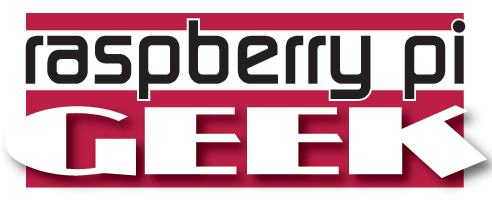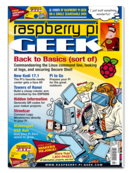Building game show buzzers with a Raspberry Pi
Every year, the Mayborn Science Theater hosts Geekfest, an in-house sci-fi, gaming, and geek convention. Technology plays a large part in the event, and this year the convention included game show-style buzzers to let attendees be part of the action. To implement the infrastructure, I used the GPIO [1] on a Raspberry Pi to watch five push buttons. The Pygame library [2] provided a graphical "public" screen, and curses [3] provided a simple console interface to control everything.
The Raspberry Pi runs a standard Raspbian Linux distribution with software written in Python [4]. Most of the coding was done on the Pi itself. The HDMI output connects to an LCD monitor for the contestants, and the system is controlled via an SSH connection – in my case, on an iPad.
Construction
Each button is mounted in a project box and connected to the Pi with 25 feet of wire. Figure 1 shows one of the buzzers on its podium. Construction of the buzzers took place over the course of a single evening while I watched TV.
[...]
Buy this article as PDF
Pages: 8
(incl. VAT)







